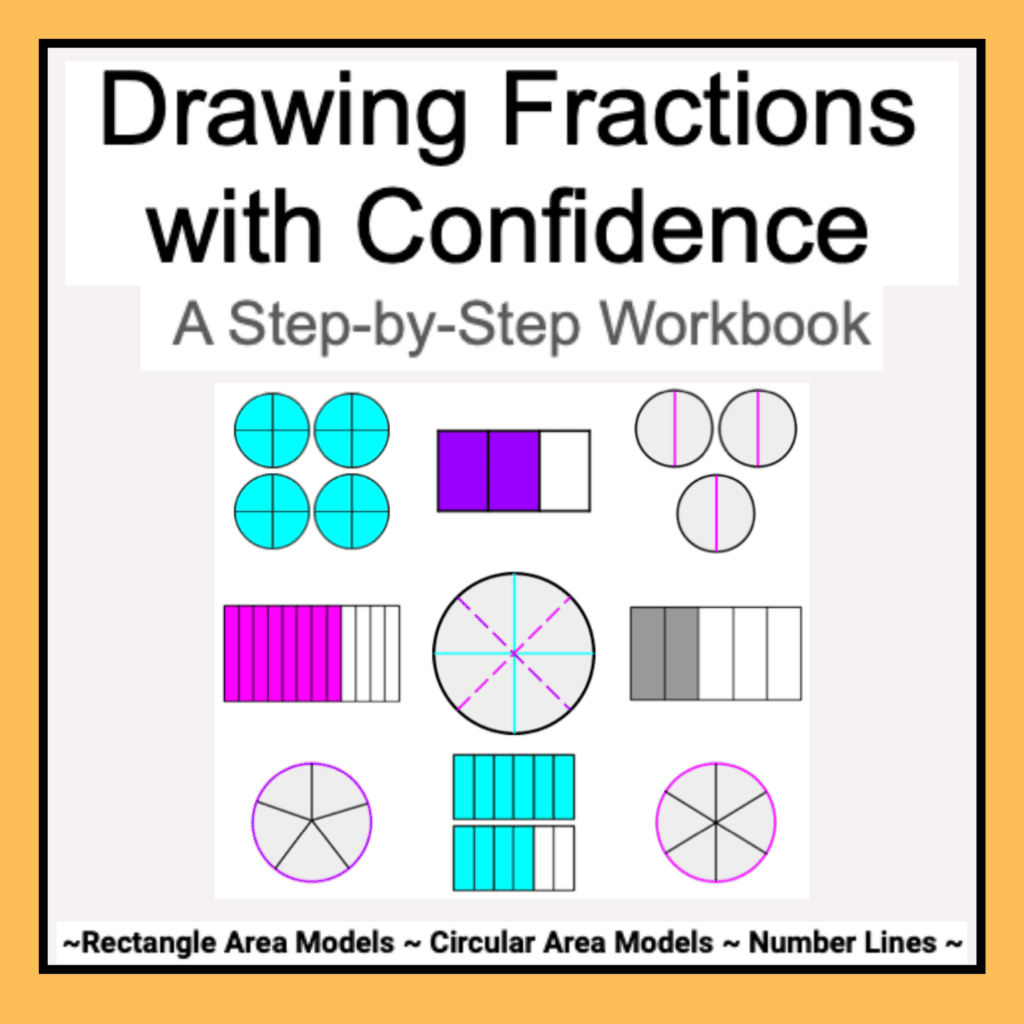Teaching fractions can be challenging, especially when it comes to helping students visualize and understand the concepts. One effective method is using a rectangular area model to represent fractions. By drawing rectangles and partitioning them into equal parts, educators can provide a visual representation that helps students grasp the relationship between numerators and denominators. In this blog post, we will explore how to use a rectangular area model to represent fractions and engage elementary math students in the learning process. Let’s dive in!
Watch the full video here: Represent a Fraction in a Rectangular Area Model

Represent 4/6 Using a Rectangular Area Model:
Let’s begin by representing the fraction 4/6 using a rectangular area model. Start by drawing a rectangle to represent the whole.

Next, focus on the denominator, which is 6 in this case. Partition or split the whole into six equal parts. It’s important to aim for accuracy when drawing the parts as closely as possible.

Now, consider the numerator, which is 4. Shade in four of the six equal parts to represent the fraction 4/6. The shaded parts indicate the specific fraction of the whole.

Represent Fractions with Different Size Wholes:
In the next example, let’s explore representing 3/8 using a rectangular area model with a different-sized whole. Begin by drawing another whole, which can be a different size than the previous one. In this case, we have eight equal parts to represent the denominator of 8.

To represent 3/8, shade in three of the eight equal parts. Remember that the shaded parts indicate the fraction represented.

The flexibility of using different-sized wholes demonstrates that the model can still represent the fraction accurately, even if the size of the whole changes. This flexibility can enhance students’ understanding of fractions as they visualize the relationship between numerators and denominators.
Represent Mixed Numbers and Fractions Greater than One:
The rectangular area model can also be used to represent mixed numbers and fractions greater than one, also known as improper fractions. Let’s consider the fraction 9/6, which has a value greater than one. Begin by partitioning one whole into six equal parts.

To represent 9/6, shade in six of the six equal parts in one whole.

Since the numerator is greater than the denominator, we need an additional whole. Partition the second whole into six equal parts and shade in three of those parts.

Together, the shaded parts from both wholes represent the fraction 9/6.
Similarly, for the fraction 10/4, draw a whole partitioned into fourths.

Shade in four of the four equal parts in one whole.

Then, draw an additional two wholes partitioned into fourths and shade in four of the four parts in one whole and two of the parts in the other whole.

The combined shaded parts from both wholes represent the fraction 10/4.
Conclusion:
Using a rectangular area model to represent fractions provides elementary math educators with a valuable visual tool to engage students and deepen their understanding. By drawing rectangles, partitioning them into equal parts, and shading in the appropriate number of parts, students can visualize and comprehend fractions with greater clarity. Incorporate this approach into your teaching, and watch your students develop a stronger grasp of fractions, including their comparisons and relationships.
Teach your students how to draw fractions using this easy to follow guide:

